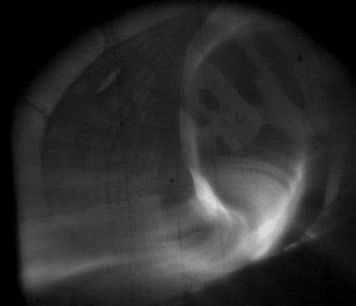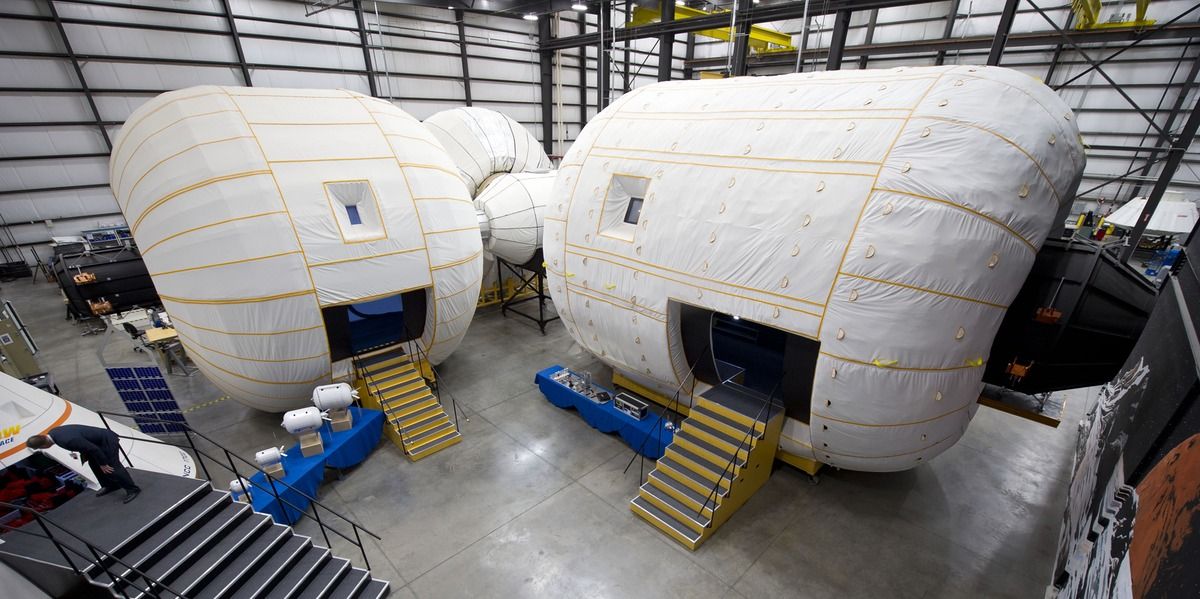Page 9760
Dec 10, 2017
The WIRED Guide to Digital Security
Posted by Derick Lee in categories: cybercrime/malcode, mobile phones, privacy
IN AN AGE of nonstop breaches and hacks, getting a handle on your own digital security matters more than ever. But everyone has their own threat model—a set of concerns unique to themselves. The average smartphone user doesn’t need to know what a Faraday cage is; an NSA contractor probably already has a good grasp of security basics. (Or … do they?) In this guide, we’ve included a few ways to improve your online security posture based on those different levels of risk. These won’t prevent the next megabreach or banish ransomware from the earth. They’re not all-encompassing. But they’ll help get you in the mindset of the types of steps you should be taking based on your particular situation. And they’ll help ensure that the next time you read one of those paralyzing headlines, it doesn’t apply to you.
In an age of nonstop breaches and hacks, getting a handle on your own digital security matters more than ever. But everyone has their own threat model—a set of concerns unique to themselves. The average smartphone user doesn’t need to know what a Faraday cage is; an NSA contractor probably already has a good grasp of security basics. (Or … do they?) In this guide, we’ve included a few ways to improve your online security posture based on those different levels of risk. These won’t prevent the next megabreach or banish ransomware from the earth. They’re not all-encompassing. But they’ll help get you in the mindset of the types of steps you should be taking based on your particular situation. And they’ll help ensure that the next time you read one of those paralyzing headlines, it doesn’t apply to you.
Dec 10, 2017
Robots Will Transform Fast Food
Posted by Dan Kummer in categories: economics, food, robotics/AI
That might not be a bad thing.
V isitors to Henn-na, a restaurant outside Nagasaki, Japan, are greeted by a peculiar sight: their food being prepared by a row of humanoid robots that bear a passing resemblance to the Terminator. The “head chef,” incongruously named Andrew, specializes in okonomiyaki, a Japanese pancake. Using his two long arms, he stirs batter in a metal bowl, then pours it onto a hot grill. While he waits for the batter to cook, he talks cheerily in Japanese about how much he enjoys his job. His robot colleagues, meanwhile, fry donuts, layer soft-serve ice cream into cones, and mix drinks. One made me a gin and tonic.
H.I.S., the company that runs the restaurant, as well as a nearby hotel where robots check guests into their rooms and help with their luggage, turned to automation partly out of necessity. Japan’s population is shrinking, and its economy is booming; the unemployment rate is currently an unprecedented 2.8 percent. “Using robots makes a lot of sense in a country like Japan, where it’s hard to find employees,” CEO Hideo Sawada told me.
Dec 10, 2017
End Aging — with Aubrey de Grey | Virtual Futures Salon
Posted by Dan Kummer in categories: biotech/medical, life extension

Aubrey de Grey, from Nov 28, 2017.
Virtual Futures presents Dr. Aubrey de Grey who claims to have drawn a roadmap to defeat biological aging and proposes that that the first human beings who will live to 1,000 years old have already been born.
Continue reading “End Aging — with Aubrey de Grey | Virtual Futures Salon” »
Dec 10, 2017
Rio Tinto puts its faith in driverless trucks, trains and drilling rigs
Posted by Dan Kummer in categories: robotics/AI, transportation
FOR millennia, man has broken rocks. Whether with pickaxe or dynamite, their own or animal muscle, in a digger or a diesel truck, thick-necked miners have been at the centre of an industry that supplies the raw materials for almost all industrial activity.
Dec 10, 2017
Inside the ‘star in a jar’ reactor that could lead to limitless energy
Posted by Dan Kummer in category: nuclear energy

A stunning new video has revealed a look inside the Wendelstein 7-X ‘stellarator’ fusion reactor – the largest of its kind in the world.
The video includes a compilation of footage from tests at the massive device, as scientists work to bring humanity closer to achieving ‘limitless’ energy by mimicking the conditions inside the sun.
Continue reading “Inside the ‘star in a jar’ reactor that could lead to limitless energy” »
Dec 10, 2017
Scientists just transferred quantum data between two different materials in major breakthrough
Posted by Dan Kummer in categories: computing, quantum physics
The new research highlights how hybrid quantum computers can be developed by using various storage nodes.
Dec 10, 2017
Excitement Builds Around Gene Therapy Cures For Hemophilia
Posted by Dan Kummer in category: biotech/medical
Dec 10, 2017
Tyson Foods raises stake in plant-based protein maker Beyond Meat
Posted by Dan Kummer in category: food
(Reuters) — Tyson Foods ( TSN.N ), the largest U.S. meat processor, said on Thursday it slightly raised its stake in plant-based protein maker Beyond Meat as it looks to tap growing demand for alternative sources of protein.
Undated handout photo of the Beyond Meat burger. REUTERS/Beyond Meat/Handout.
Dec 9, 2017
Highlights from Yesterday’s /r/futurology AMA with Aubrey de Grey
Posted by Dan Kummer in categories: biotech/medical, life extension
Aubrey de Grey of the SENS Research Foundation took a few hours from his packed schedule yesterday to answer questions from the community at /r/futurology. It is a pity that we can’t get a full day of his time at some point — clearly there are way too many interested folk with questions and not enough hours to answer more than half of them. It is a sign of progress, I hope, that ever more people recognize that the SENS approach to the development of rejuvenation therapies is promising, and understand enough of the science to ask intelligent questions about the details.
SENS is simple enough to explain at the high level: identify the cell and tissue damage that (a) appears in old tissues but not in young tissues, and (b) is caused by the normal operation of metabolism, not by some other form of damage. The resulting short list includes the causes of aging. It may include some other things as well, that in the end turn out not to need fixing, but why take the chance? In modern biotechnology and life science research, it is faster and cheaper to develop a repair therapy and see what happens than it is to painstakingly figure out how everything fits together.
When de Grey first evaluated the field of aging research, back before the turn of the century, he found that the causes of aging by the above definition were largely known, with a good deal of evidence in support of each one. Yet next to no-one was working on fixing them. Since then, he has campaigned tirelessly to build organisations, assemble allies, raise funding, and persuade researchers, and all of that to ensure that the scientific and biotechnology communities do in fact move ahead with a repair-based approach to building functional rejuvenation therapies. It has been surprisingly hard work, given a research community that was hostile towards the idea of treating aging as a medical condition versus merely observing it, and a public at large who seem disinterested in living longer in good health.















